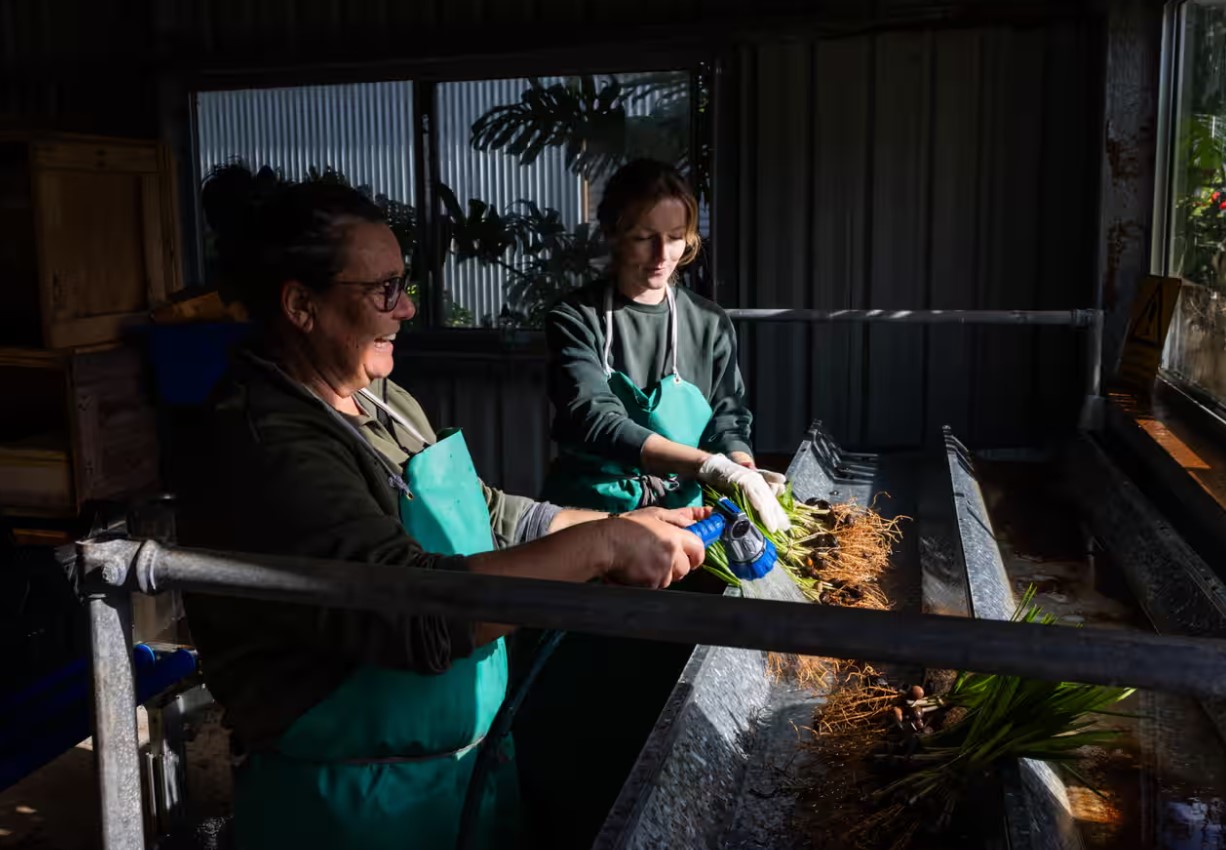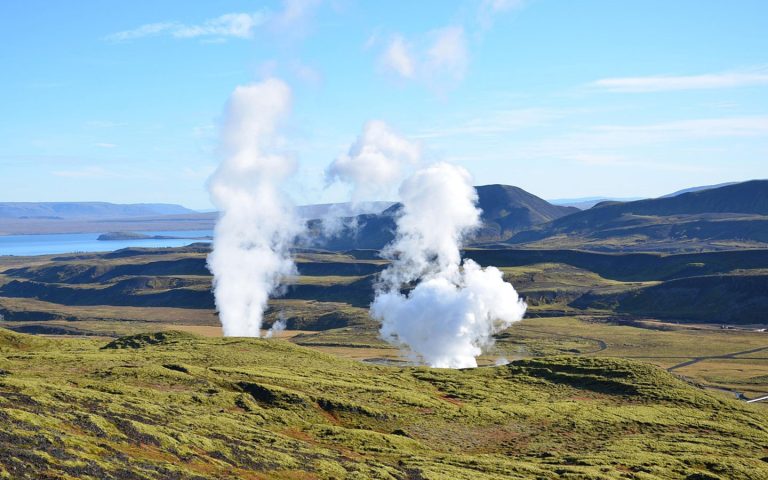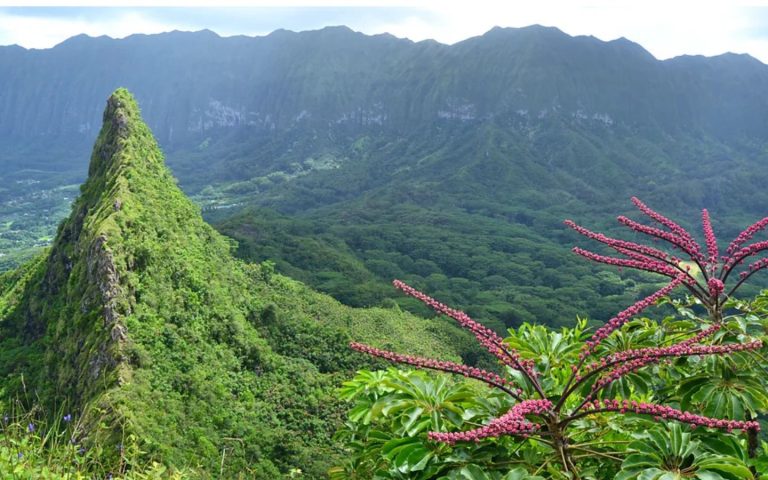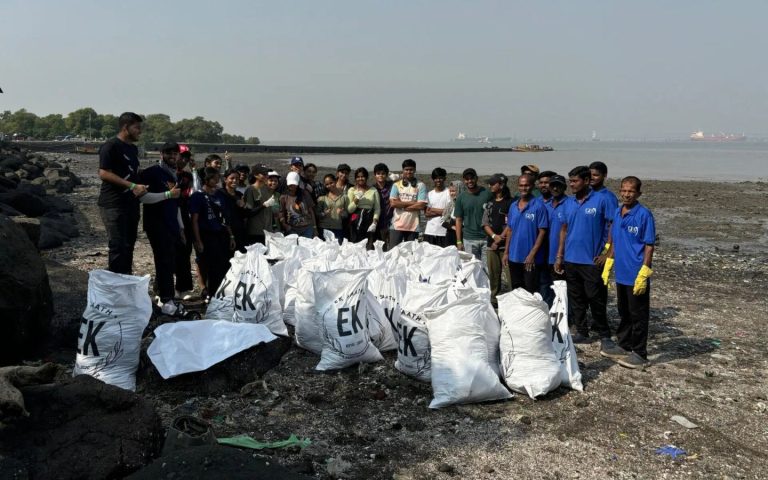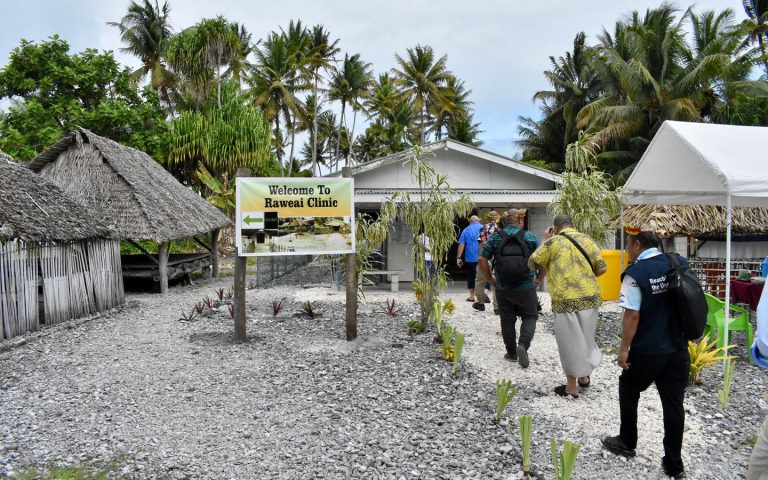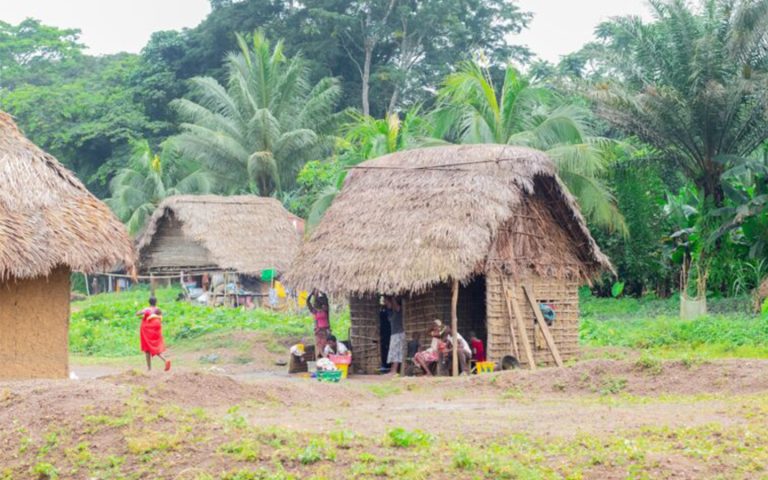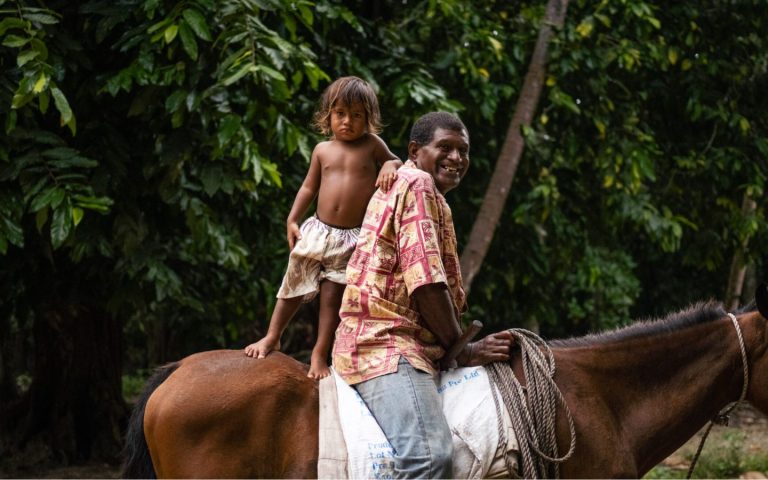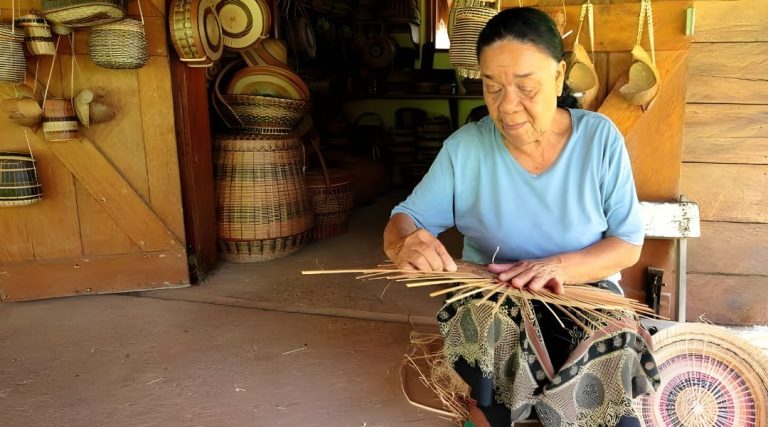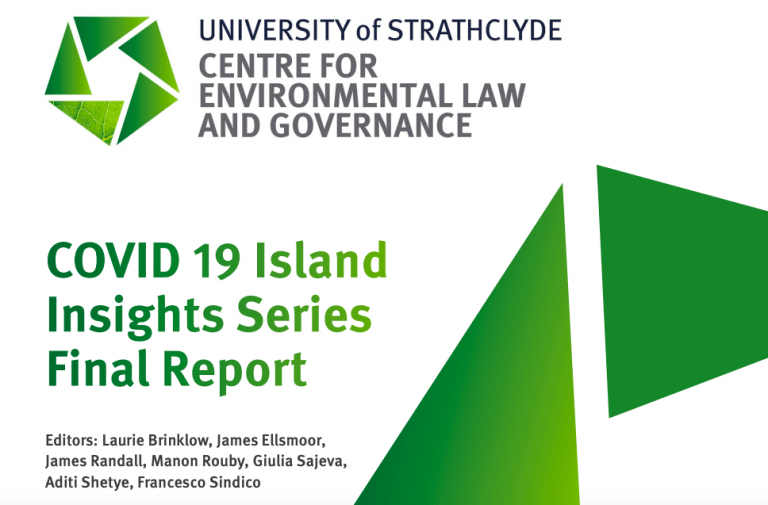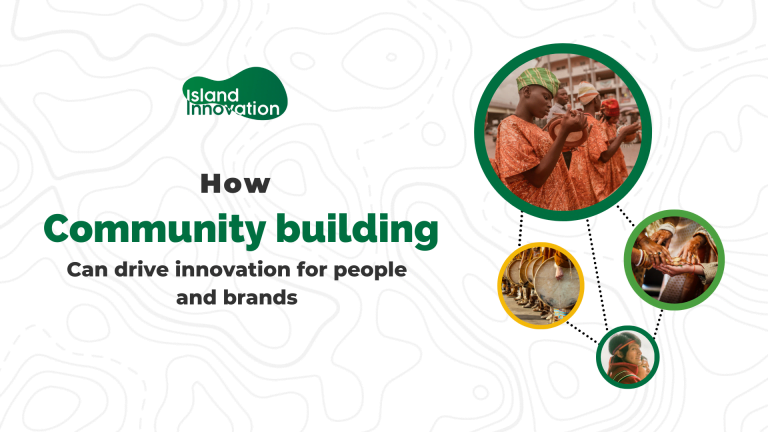Excerpt and photo from theguardian.com
Everyone who was around in 1974 remembers the runway going in. From above, the kilometre-long tarmac strip resembles a faded scar through the belly of Lord Howe Island, a tropical jewel of conservation 600km off the New South Wales coast.
For longtime locals such as Robert Jeremy, its completion marked the end of a wilder era.
Jeremy is a descendant of one of the first settlers of the island, a south Pacific paradise uninhabited by humans until its discovery in 1788. He has fond memories of summers spent at his grandparents’ island property, which hosted the butcher’s shop, dairy, liquor store and library.
“The island was very family-orientated, there were no telephones, it was an isolated place,” he says. “The old family network has broken down quite a lot, but it’s still there in a meaningful way.”
Then came the runway. It opened the island to the outside world, paving the way for the expansion of the tourism industry and successful conservation campaigns. It was a lifeline – and also the final nail in the island’s long tradition of subsistence farming.

